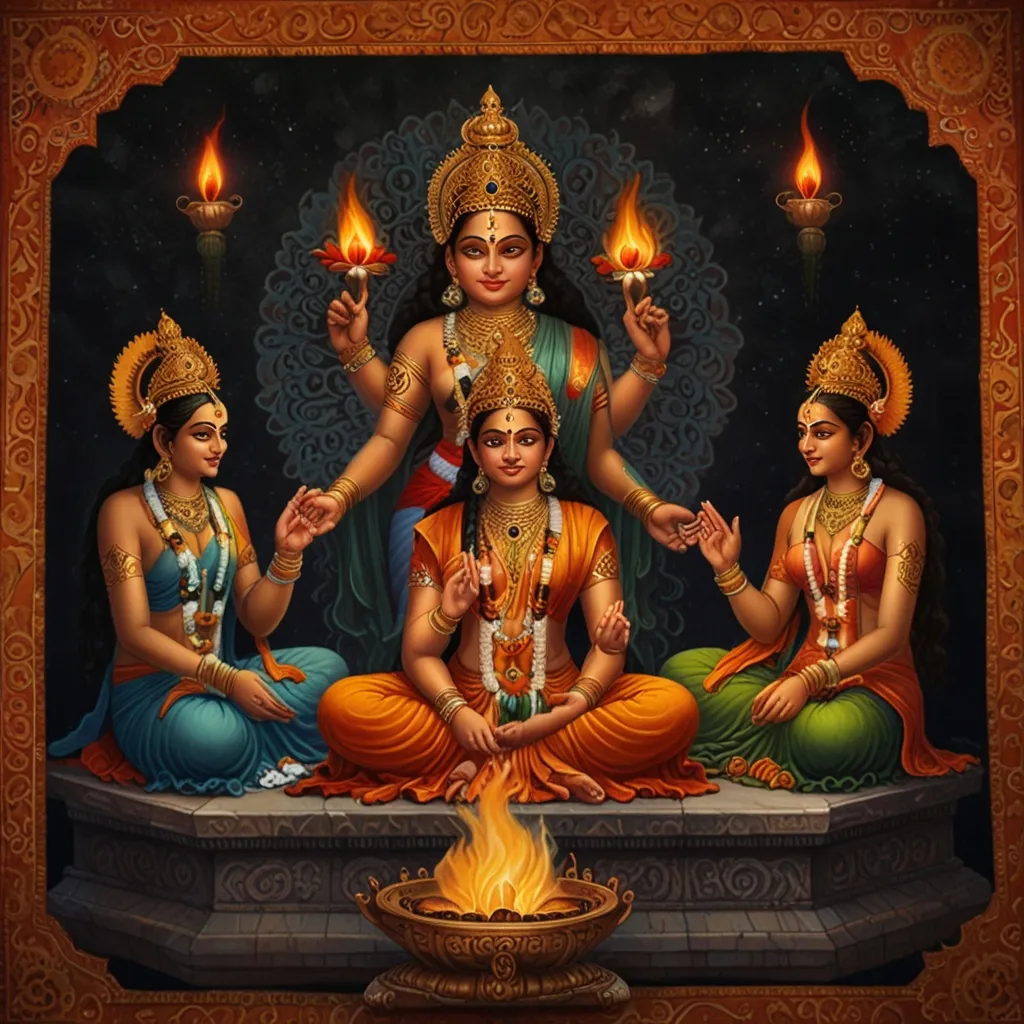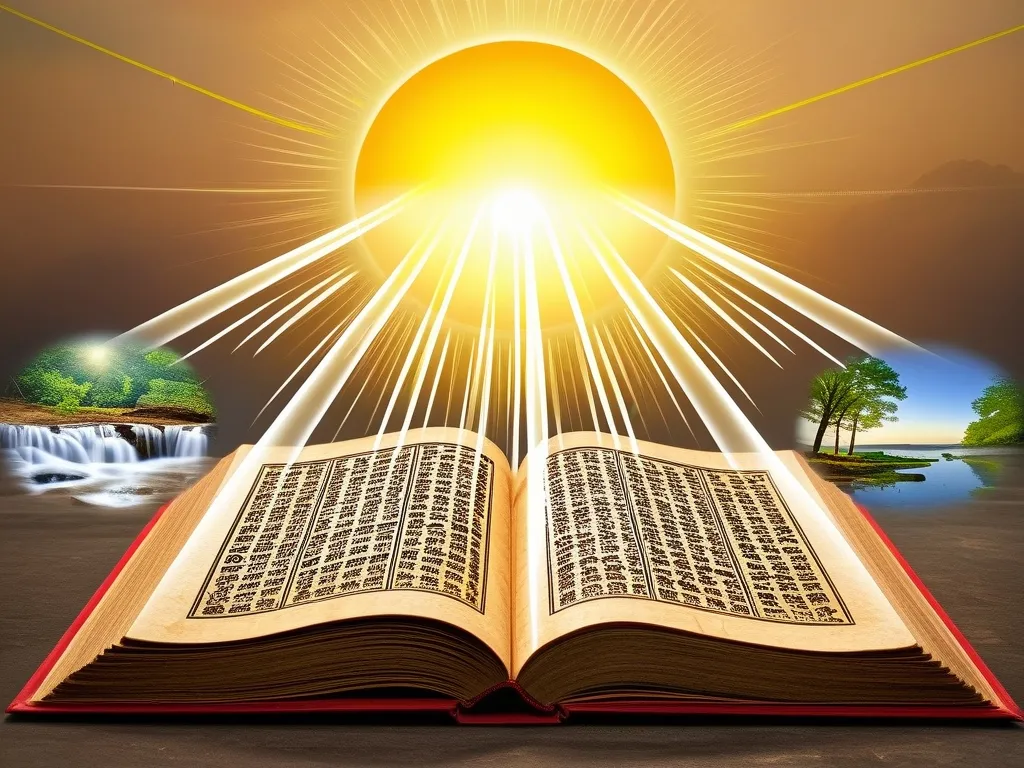The Vedas, some of the oldest and most sacred texts in Hinduism, were put together in Vedic Sanskrit by Indo-European-speaking folks in northwest India during the 2nd millennium BCE. These texts are a mix of poems, hymns, prayers, and religious instructions, all passed down through the ages. They’re essentially the bedrock of Hinduism, seen as divine revelations.
There are four main Vedas to know about: Rigveda, Samaveda, Yajurveda, and Atharvaveda. Each one has its own vibe and purpose. The Rigveda is not just the eldest but also the most significant among them. It boasts 1,028 hymns sliced into 10 books, or mandalas. These hymns shower praises on a diverse team of gods and goddesses like Agni (fire), Surya (the Sun), Ushas (dawn), and Indra (storms and rain). It also dives into some philosophical chats and virtues like charity.
If melodies and chants are your thing, then the Samaveda is your go-to Veda. Dating back to around 1200-800 BCE, it’s closely tied to public worship. Its verses are mostly borrowed from the Rigveda but rejigged for chanting during rituals and ceremonies.
Then we have the Yajurveda, which is all about the nitty-gritty of religious rituals and sacrifices. It’s split into two parts: the White Yajurveda and the Black Yajurveda. The White one is more of a commentary on how those rituals should go, while the Black combines prose and verse.
Lastly, the Atharvaveda brings in the magic and charms. It doesn’t totally stick to the script of Vedic sacrifices but covers spells against enemies, ailments, and even charms for protection and healing. It’s like the mystical outlier of the bunch.
Initially, the Vedas were all about that oral tradition. People memorized these texts and passed them down through generations, long before they were penned down between 1500 and 500 BCE. Priests and sages used some pretty intricate methods to keep the words intact, ensuring nothing got lost in translation.
The Vedas are split into two main sections: the Samhitas, which are all hymns and mantras, and the Brahmanas, which dish out instructions for religious rituals. These were later followed by other texts like the Aranyakas and Upanishads, which pondered deeper philosophical issues like monism and moksha (release from the cycle of death and rebirth).
In essence, the Vedas are seen as “What Is Heard,” believed to be the stuff of divine revelation. They’ve profoundly influenced Hinduism and are still recited with great respect today. Their impact even touches the Indian caste system, which has its roots in a Vedic fable about the deity Purusha’s sacrifice.
So, to sum it up, the Vedas are a cornerstone of Hinduism. The four main Vedas—Rigveda, Samaveda, Yajurveda, and Atharvaveda—each bring their unique flavors and functions to the table. Composed in Vedic Sanskrit ages ago and initially passed down orally, they continue to be a vital part of spiritual guidance and cultural heritage for millions worldwide.






